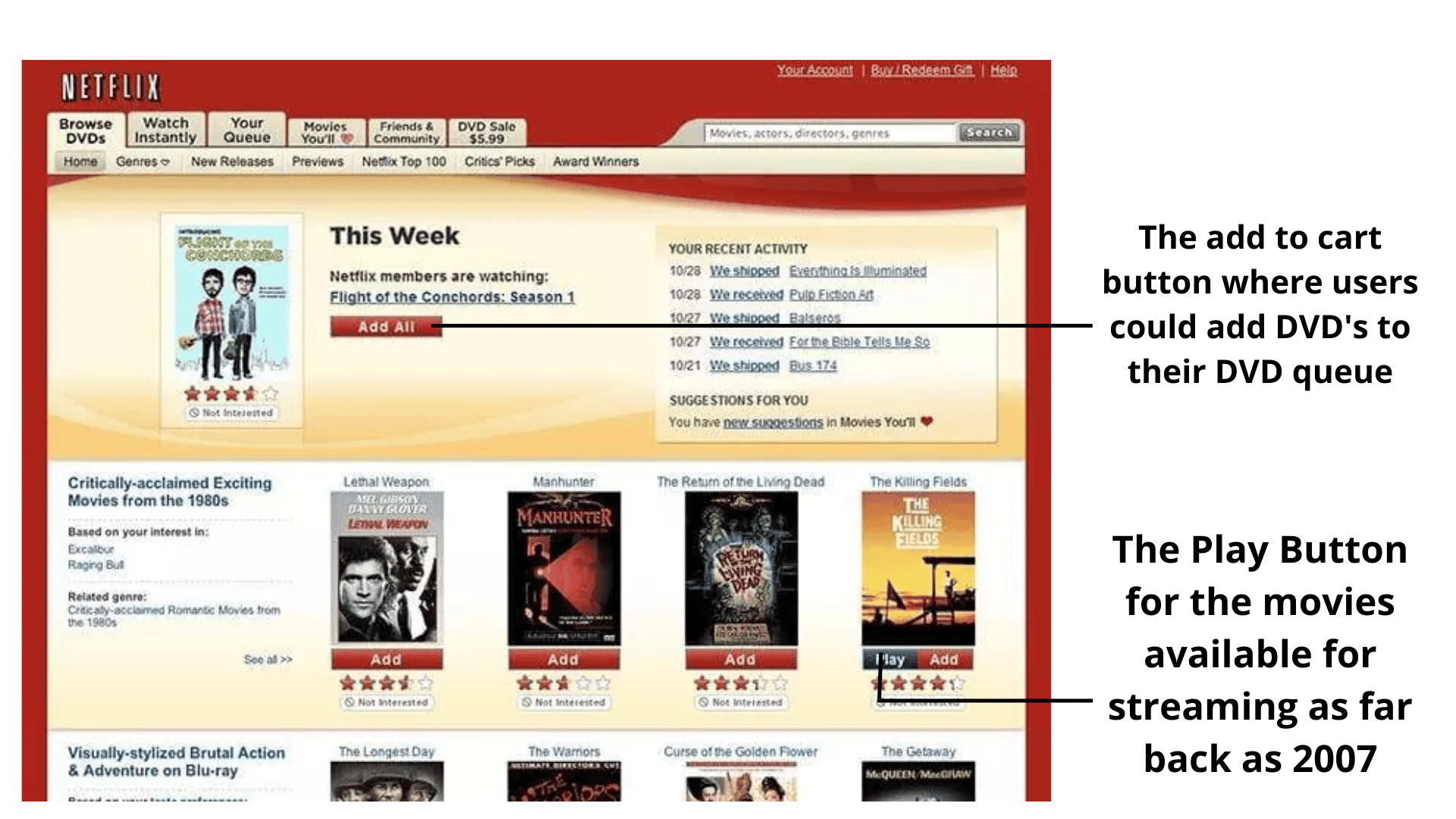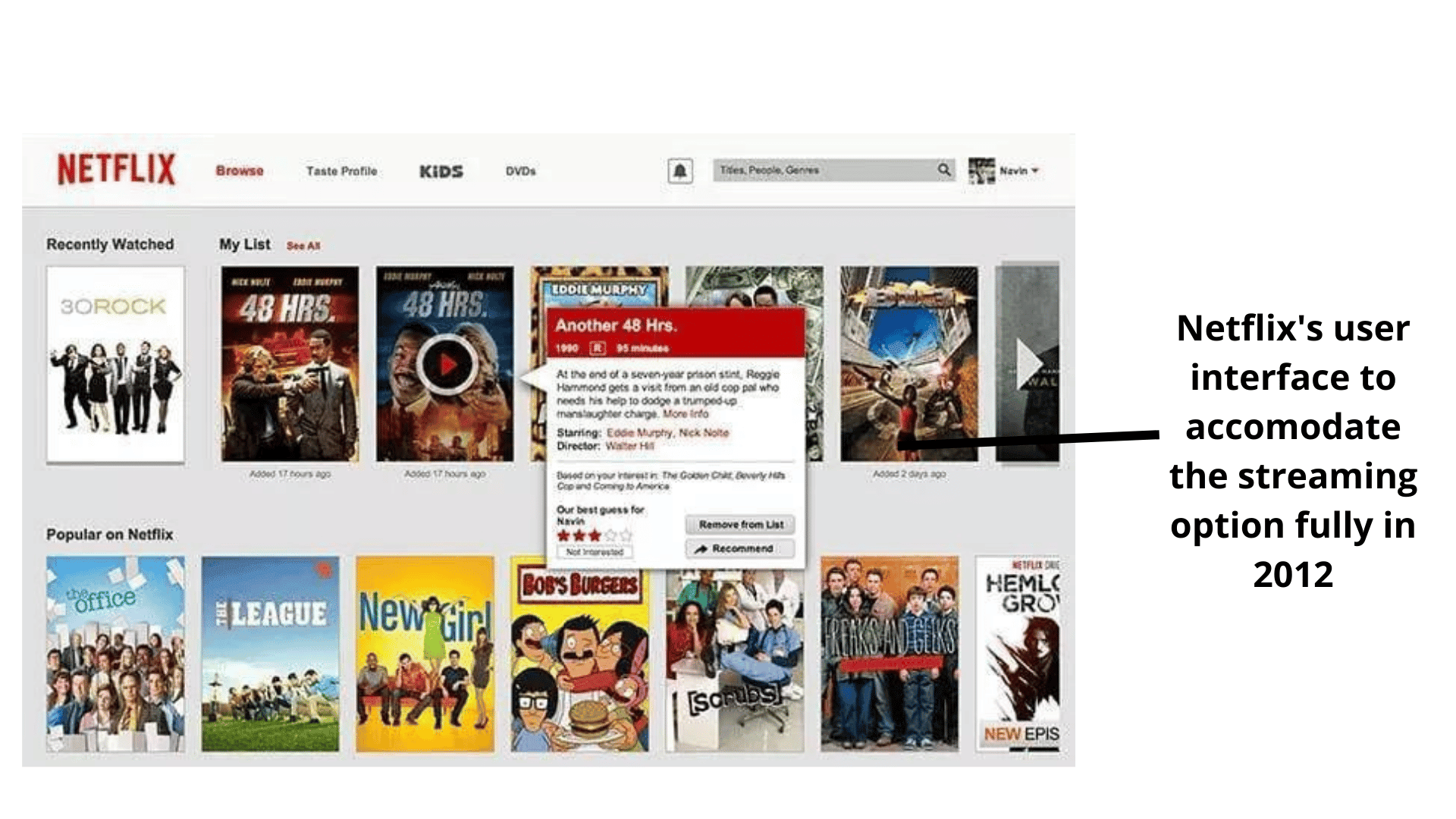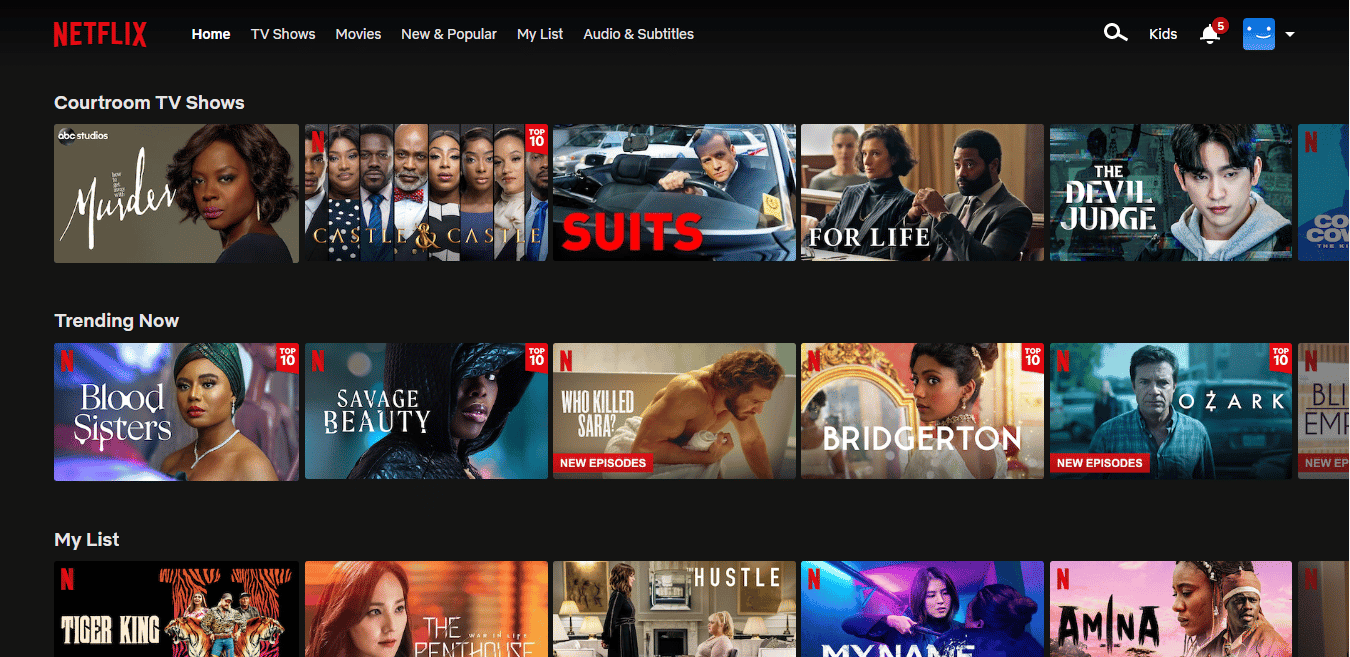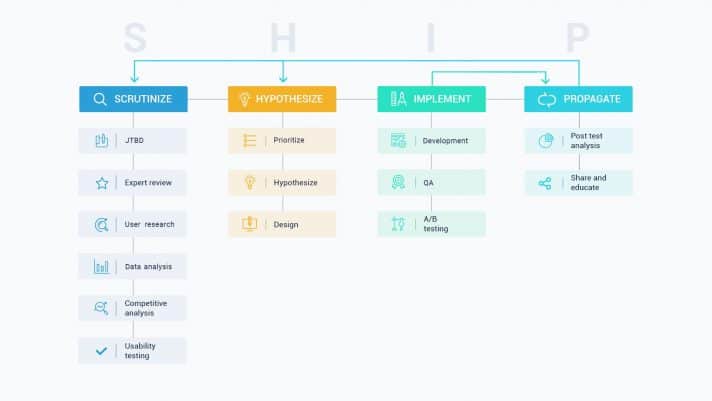Ask many business owners to navigate their website and describe their experience to you, and you’ll hear expressions like ‘seamless,’ ‘intuitive,’ ‘easy-to-use,’ etc.
Ask the actual users to narrate their experience, and many times, you will find that the story is different.
It’s either they’re having issues locating the call to action button (which could be because it blends in with the website’s background), or the mobile check-out experience is horrible, or they’re having issues navigating between different pages of the product.
Many websites are good to go by the teams’ standard, but they provide terrible navigation experiences for the user.
This is where UX research comes in.
UX research is the process of gaining insight into your target audience’s behavior, pain points, and needs using different feedback and observation methods.
User research makes sure your product design, features, and updates are user-centric and not owner-centric.
In this piece, we will look at UX research, the importance of user research, the different categories of UX research, how to align UX research with business goals, steps to conducting UX research, etc.
Let’s get started if you want to create memorable experiences for your product users that lead to customer engagement, retention, and conversion.
What Is UX Research?
User research is the systematic study of your ideal user’s behavior, pain points in navigating your product (website or app), and how to use the data collected to improve their experience by applying the feedback and learnings.
The main goal of user research is to inform the design process from the user’s end. It’s easy to get stuck in a rut and assume your platform is at its best, but for the user, it’s missing many features, or they are hidden.
UX research prevents us from designing for ourselves. It keeps the product user-centric. This is important if conversion and customer retention are essential to your business goals.
Note, UX research is not siloed only to what happens on a website or app, but it covers the marketing and branding side of things cos you’re reaching out to potential leads, and they’ve got to feel this is about them and not your company.
Importance Of The User Experience Research.
Many large companies have made use of user research to improve their product growth and conversion rates.
Here’s an example from Netflix:
Netflix started as a DVD rental business in 1997.
As the business evolved into streaming services, it was still a transactional business where users rented their favorite movies. Still, there was the option to play immediately for the film they could stream instantly.

As DVD rentals faded into the background and streaming began to become the main function of Netflix’s website, the user interface had to change to accommodate user preferences.


Just like the example of Netflix above, here are other benefits you stand to gain from UX research on your product.
1. Make data-driven UX decisions.
2. Ux research provides an essential foundation for design strategy.
3. When you implement the data from the UX research, it helps to improve brand perception.
4. Reduces customer dissatisfaction and churn.
5. For copywriting.
6. Product positioning/ messaging.
7. The primary source of information for testing hypotheses.
8. Satisfied users make referrals.
9. Increase in sales.
10. Decrease in product development cycles.
User Research in Conversion Optimization
UX research is not just another component of your conversion optimization, but it is the foundation on which a solid CRO program is built.
Conversion optimization involves improving user experience, and this is something you can’t do without taking the knowledge and insights from users themselves.
Every product has an intended user base, and if you want to do CRO without understanding the users of your product, you might as well forget about the conversions.
At Invesp, we follow a detailed optimization process known as the SHIP; Scrutinize, Hypothesize, Implement and Propagate.

The scrutinize section contains different conversion research techniques – and user research is one of them. It helps us uncover users’ fears, uncertainties, doubts (FUDs) when using a website.
Although user research helps us uncover FUDs, it doesn’t provide the solution to problems faced by users on your site. There needs to be experiments and iterations before you reach the correct answer.
Steps To Conducting User Research
User research is multi-dimensional. There’s no one size fits all approach. Every business is different, and the approach always differs from one company to another.
This section will be beneficial if you’re new to UX research or have been doing it for a while but don’t have that defined process.
1. Define Research Objectives: In defining your research objectives, there are four questions you must answer. ‘What do I want to know?’ You should have a clear understanding of what you want to be answered from the get-go.
The second question is ‘What don’t I know?’ This is straightforward. From internal brainstorming sessions with your team, you should know what you don’t know that you hope to learn through this UX research session.
The third question is, ‘how will you know when you’ve learned it?’ It is tricky, but it all boils down to looking for similarities in responses from research participants. Once you can point out the similarity in answers from research participants, get your learning from there.
And the last question is, ‘what decision will this research enable you to make?’ Remember, you’re conducting user research to better understand your users and make decisions based on those findings. So, every decision you make about your product or service must be backed by user research findings.
2. Choose Your Research Method: UX research is broken into four separate areas though research methods overlap and cross boundaries. The areas are; the attitudinal vs behavioral method and qualitative vs quantitative categories.
Attitudinal research involves assessing a user’s preconceived attitudes or feelings towards your product. A one-on-one interview and a survey on your website will fall into this category.
Behavioral research is where you observe the actions the user takes. User testing falls into this category.
Quantitative research deals with hard facts and numerical data. Website analytics, polls, and surveys are classic examples.
Qualitative research seeks to understand the why. This user research category deals with non-numerical data. Examples include JTBD interviews, focus groups, etc.
3. Create A UX Research Plan: now you know the different categories of research, the next step is to create a user research plan. There are several research methods that don’t mean you’ve to use them all for your project. You select the ones that fit your project the most, cutting across the four categories and methodologies. You also have to take into account your budget and team size; this has an impact on the methods you’ll use.
4. Conduct Some Research: Like the name, it’s all about conducting your research using the methodologies you’ve identified that fit your project the most. Whatever method you choose(surveys, focus groups, website analytics), ensure you’re getting the proper insight and data on your users.
5. Analyze And Synthesize Results: At this stage, you analyze the data you’ve gotten from the different UX research methods you’ve used on your users, and then you look for common complaints, and feature asks by site users. Share the learnings and data with the stakeholders and those part of the ideation process and move towards implementation.
How to align UX research to Organizational goals
The whole point of doing UX research is to make sure we’re solving problems users have and not what we’re assuming they have issues with.
If you conduct UX research without having the business goals as a compass, you’ll get insights alright, but not the ones that will move the needle for the company.
Aligning business objectives to UX research is a two-way street. This way, the users get to see improvements on the product, and the business see’s an increase in conversions (its KPIs).
Here’s an example of what business objectives look like before UX research.
Company-wide goal: grow revenue by 30%.
Departmental goals: reduce support requests by 50%.
Product goals: improve the customer checkout experience.
These are examples of what business goals look like.
But you don’t just get to ask users questions because you’ve set up your goals.
The next step is to have internal teams ask specific questions about the organization’s goals that will lead to the actual questions that will be asked the users.
Listed below are examples of questions you could ask within the organization after setting the goals.
1. Why are users not renewing their subscriptions?
2. Why are users not buying into other available subscription tiers?
3. Which demographic of users consistently create request tickets?
4. Is there a way to answer their questions to lessen the load on the support team?
5. What are the frequently asked questions?
6. What friction do users experience when they want to checkout?
The departments and team members ask these questions. The answers you get inform the question you now ask the user during the research process and the UX research methodology you use.
This is how UX gets aligned with business goals.
See how it all fits?
The company wants to improve its subscription, and they want to improve the checkout experience. They get to ask internal teams questions that will lead to more user-specific questions, which then get asked in the research process.
The result is insight is gotten to make necessary improvements to the product, the user gets to have a fantastic time with the platform (web or app), and the business hits its goals.
UX Research Methods.
Before looking at individual research methods, we must look at the broad and bigger picture: what type of user research are there?
There are two primary categories of UX research. The first is;
- Attitudinal research: this research type asks people about their opinions. Examples include conducting JTBD interviews and focus groups etc.
- Behavioral research: this is the research where you observe the actions site users take. Examples include eye-tracking studies, ethnographic studies, A/B tests, etc.
The second category of user research covers quantitative and qualitative research.
- Quantitative research: it’s a research method used to generate numerical data and hard facts. The data gotten from the quantitative analysis can be plotted into graphs and sheets. Quantitative research answers questions such as how many people clicked here, the primary source of traffic, etc. Examples include; website analytics, polls, surveys, etc
- Qualitative research involves collecting and analyzing non-numerical data to understand the why of user behavior. Examples include JTBD interviews, focus groups, usability tests, etc.
Common UX Research Methodologies
Every UX project is different, so you don’t have to exhaust all the methods to gain insight into user behavior. The user research methodologies that will be outlined in this section cut across the two categories highlighted above.
Interviews.
Tried and tested, interviews are a great way to gain insight into customer behavior, pain points, and expectations. There are two types of interviews. The directed interview happens in a controlled environment with a lot more participants, and it’s perfect for when the researcher wants to compare and contrast answers.
The other type of interview is the indirect interview. In this case, the UX researcher sets a rough guideline, and it happens in a one-on-one setting. The interviewer interjects when he wants the interviewee to elaborate on a point. This happens a lot in our JTBD process.
Benefits
- You get to understand what users think and why
- You get to ask follow-up questions.
Cons
- Takes time and money
- Small sample size
Surveys
Surveys and questionnaires are a great way to gather information on your users. This is perfect for projects that have a diverse set of users or users that prefer anonymity.
Benefits
- Large sample size
- Fast to conduct, unlike the interview, which takes the interview and interviewee’s time.
- Surveys are inexpensive to set up.
Cons
- The UX researcher does not get in-depth feedback from the survey respondents.
Usability Testing
As the name suggests, you get users to complete a set of tasks on your product. You get to observe them using your product, see firsthand their experience, and get feedback on their experience.
There are three commonly used types of usability testing. The first is the moderated usability test. This happens in a lab set up to observe how the user completes the tasks.
The second is unmoderated. There’s no need for a lab setup. The instructions are sent online to the users to be carried out at their convenience.
Lastly is the Guerilla usability test. The researcher goes out to train stations and parks to engage people to complete random tests in exchange for coffee, some cash, or out of their goodwill.
Benefits
- You get to see user interaction firsthand
- You get in-depth feedback from testers.
Cons
- It’s expensive to set up.
A/B Tests
A/B tests are a great way to learn about user preferences for your product. You use A/B tests to find out which element, content layout, or design will get your site visitor to take the action you desire. The significant advantage of A/B tests is the learnings you get as to what users react to best. You can use tools such as Figpii to set up your A/B tests and see if your hypothesis is correct.
Benefits
- Everything is testable
- Ease of analysis.
Cons
- It can take a lot longer to set up if you’re coding the variation
When To Conduct UX Research
The ideal time to conduct UX research is before a product is developed. At this stage, you can conduct competitive analysis, get user feedback, and understand how user preferences could impact your product development and design. This could lead to some success right off the gate.
If you’ve already gone live with your product, it’s not too late; you can still conduct UX research to understand the user experience with your product. You can conduct usability studies and have one-on-one interviews with customers and soon-to-be customers to better understand each audience segment. You can also use heatmaps and session recordings to see how users interact with your site or app elements.
All these data you’re gathering going forward will inform your design process, product updates, etc.
A final note on this section, your ideal user’s needs will evolve. This means UX research shouldn’t be done once in a product’s lifetime. You have got to keep on doing user research to meet your users’ ever-evolving needs and preferences.
Conclusion:
UX research is essential. This is not a topic you can overlook if conversions, positive customer engagement, and retention are vital to you.
Also, note that you must conduct your research before building your product. This helps you deliver faster and with a greater chance of success.
User preferences keep evolving. Your competitors will release features that might help them get more of the market share, and you can’t rest your oars; you need to keep doing user research to keep your product relevant.



